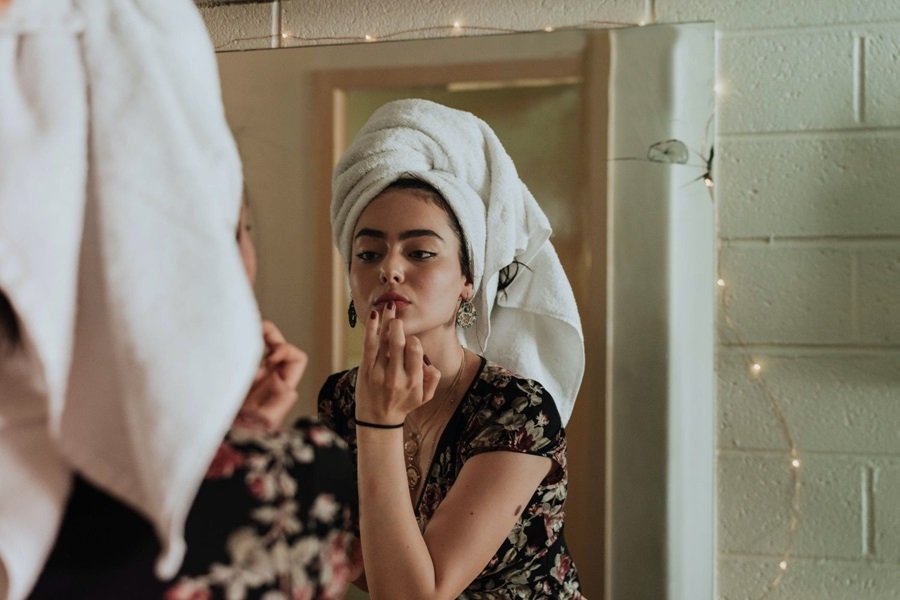There is no doubt that the COVID-19 outbreak has deeply influenced consumers’ daily lives across the world. Governments globally are implementing unprecedented measures to slow the spread of the virus, and in the US, it is estimated that three in four citizens is under some sort of lockdown*.
While the long-term impact of these measures remains uncertain, it’s more important than ever that brands keep up to speed with the current behavioural trends. This will inform scenario-planning and put them in the best position possible to mitigate the risk to their categories.
11 fewer personal care occasions
As Americans practice social distancing, the potential impact this could have on categories in personal care is all too clear. We know that consumers who work from home at least once a week have 11 fewer personal care occasions in the average week than those who don’t. When you extrapolate that across the cohort of people who are now working from home most (if not all) of the time – it’s easy to see how personal care categories could suffer.
Unsurprisingly, cosmetics will be the first category to be impacted now we are no longer expected to meet in person either for work, school or social events. Getting ready for work and school is the motivator for half of all of makeup occasions. While the use of video conferencing may provide a counterbalance to an extent, cosmetics usage is likely to suffer – by as much as 402 million fewer occasions a week- as working from home is adopted widely.
Quarantine beards
Similarly, while workplace facial hair guidelines may have largely fallen out of use, a quarter of men claim to shave for work and with the aim of looking professional. The lack of face to face meetings and office presence will therefore likely to affect shaving, reducing occasions by up to 79 million each week.
Another category which may see a sizeable impact is hair washing. #Nohairwash became a popular hashtag in China, where we saw frequency of hair washing decline during the country’s first lockdowns related to the virus**. In the US, women who work from home at least once a week have on average one fewer haircare occasion each week compared with those who don’t. We estimate 109 million hair washing occasions are therefore at risk every week as a result of widespread home working.
In addition, 75% of fragrance occasions are sparked by being out of home such as at work or socialising. We therefore expect use of perfume to decline during the epidemic as people are encouraged to stay home - potentially reducing by 181 million occasions.
What is the “new normal”?
As the pandemic evolves, Kantar’s personal care service gives an evidence-based picture of how our daily routines are changing over time and what implications this may have when we return to a “new-normal”. The key questions any brand or manufacturer needs to focus on now are:
- How has this disruption impacted behaviours in the category compared with before the crisis began?
- Where are the biggest threats in terms of lowered consumption of products?
- Where are the opportunities that we can tap into in a new ‘quarantine routine’?
- What will the ‘new normal’ look like and how should we prepare for when the period of isolation ends?
Download our one-page summary from this page or get in touch to find out how our personal care service can keep brands on the front foot throughout the COVID-19 crisis and beyond.
Editor's notes
Data from Kantar’s personal care usage service, data covers 12 months to December 2019.
*https://www.bbc.com/news/world-us-canada-52103066
** https://www.kantarworldpanel.com/global/News/Beauty-categories-during-the-epidemic-outbreak

